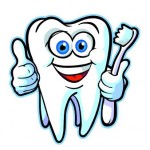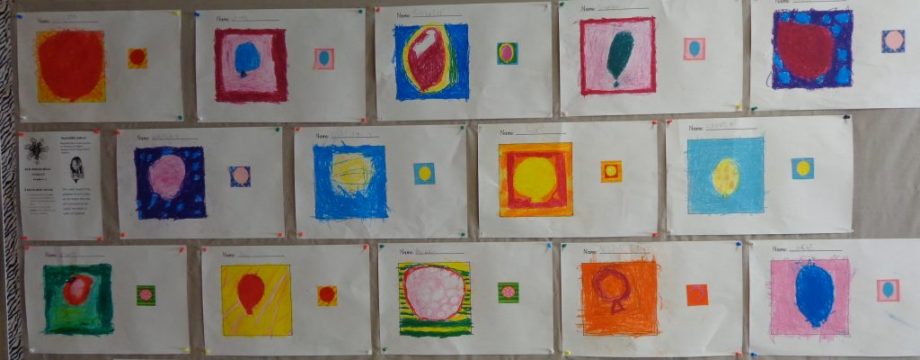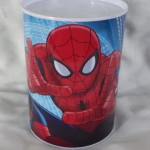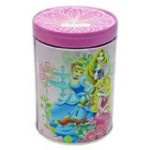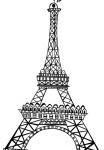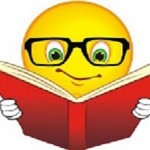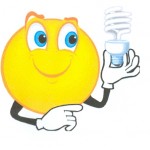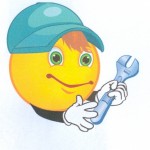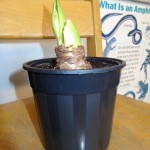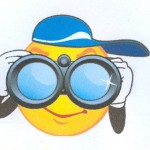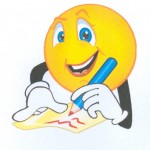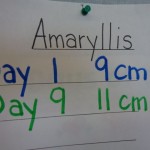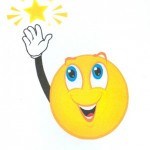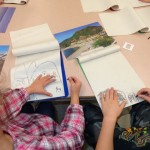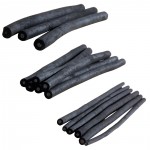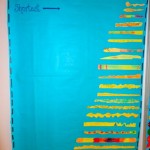This past week we have been working on measuring area, capacity and mass. You might be wondering ‘What does that look like in Kindergarten and Grade One?’
Area:
This was as easy as 1…2…3…
- First, we traced our hands
- Then, we estimated how many fruit loops it would take to cover that area, then glued them on…
- Next, we counted how many fruit loops it took to fill the area of our hand
Come check out our results on the hallway bulletin board…and ask us (Grade Ones) which has a greater area–our chair or our desk…and ask us to explain how we know…
Capacity:
This is always popular with the students because we use lots of containers and water!!!
THE PROCESS:
- Each child chose 2 different containers
- Then they had to predict which one would have more capacity
- Next they moved to a tub of water to test our predictions…Hmm…how do we do that?
Aspen says, “you fill the one you think has less (capacity) and then dump it into the other one and if it overflows it has more capacity, but if it doesn’t fill it, it has less”.
(You may have noticed our Poem of the Week is called “Overflow“…there is a method to the madness of the Poem of the Week!)
The next challenge was to find two containers that held ‘about the same‘ amount of water. This was much harder to do–as we could not choose two that looked the same! You may want to try this at home–the bathtub is a great place for them to experiment–then clean plastic containers is all you need! This is a great way to get them to tell you about what they are learning…
Mass: 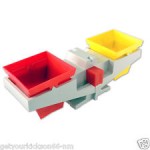
We also really love to measure mass because we get to use the balance scales (thanks to Siena & Scarlett for helping me carry them…).
For this activity, we worked in small groups led by the Grade One Boys. Each group had to find items that were: ‘about the same as‘, ‘lighter‘ and ‘heavier‘ than our book (we used these Beatrix Potter books as a referent) using a balance scale. We then recorded our findings in our math books.
The groups found something lighter and something heavier with ease, but finding something that was about the same was much harder! But each group completed their tasks and we are now skilled at using a balance scale. We will keep some available in the classroom for further exploration during Games and Choices time each day.
OUR LEARNING OUTCOMES:
- identify common attributes, such as length (height), mass (weight), volume (capacity), and area, that could be used to compare a given set of two objects (Gr. 1)
- determine which of two or more given objects has the greatest/least area by covering and explain the reasoning (Gr. 1)
- determine which of two or more given objects is heaviest/lightest by comparing and explain the reasoning (Gr. 1)
- determine which of two or more given objects holds the most/least by filling and explain the reasoning (Gr. 1)
- compare the volume (capacity) of two given objects and explain the comparison using the words less, more, bigger, smaller, or almost the same (K)
- compare the mass (weight) of two given objects and explain the comparison using the words lighter, heavier, or almost the same (K)
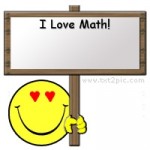
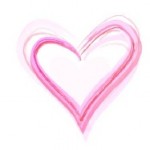 Thanks so much to everyone at Vancity…you were all so patient with us as we wandered around your workplace. A special thank you to Vittoria for organizing and leading the tour! And of course a big thank you to all our parent helpers…we couldn’t do it without you!
Thanks so much to everyone at Vancity…you were all so patient with us as we wandered around your workplace. A special thank you to Vittoria for organizing and leading the tour! And of course a big thank you to all our parent helpers…we couldn’t do it without you! 